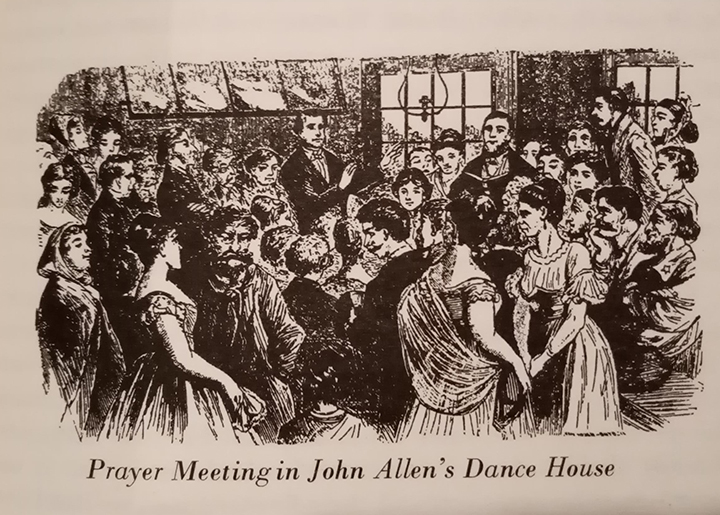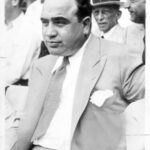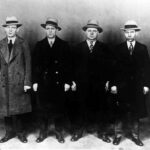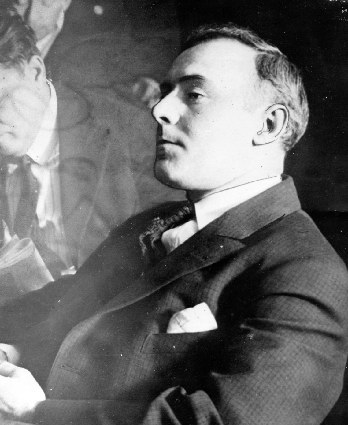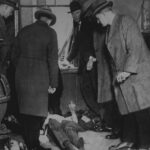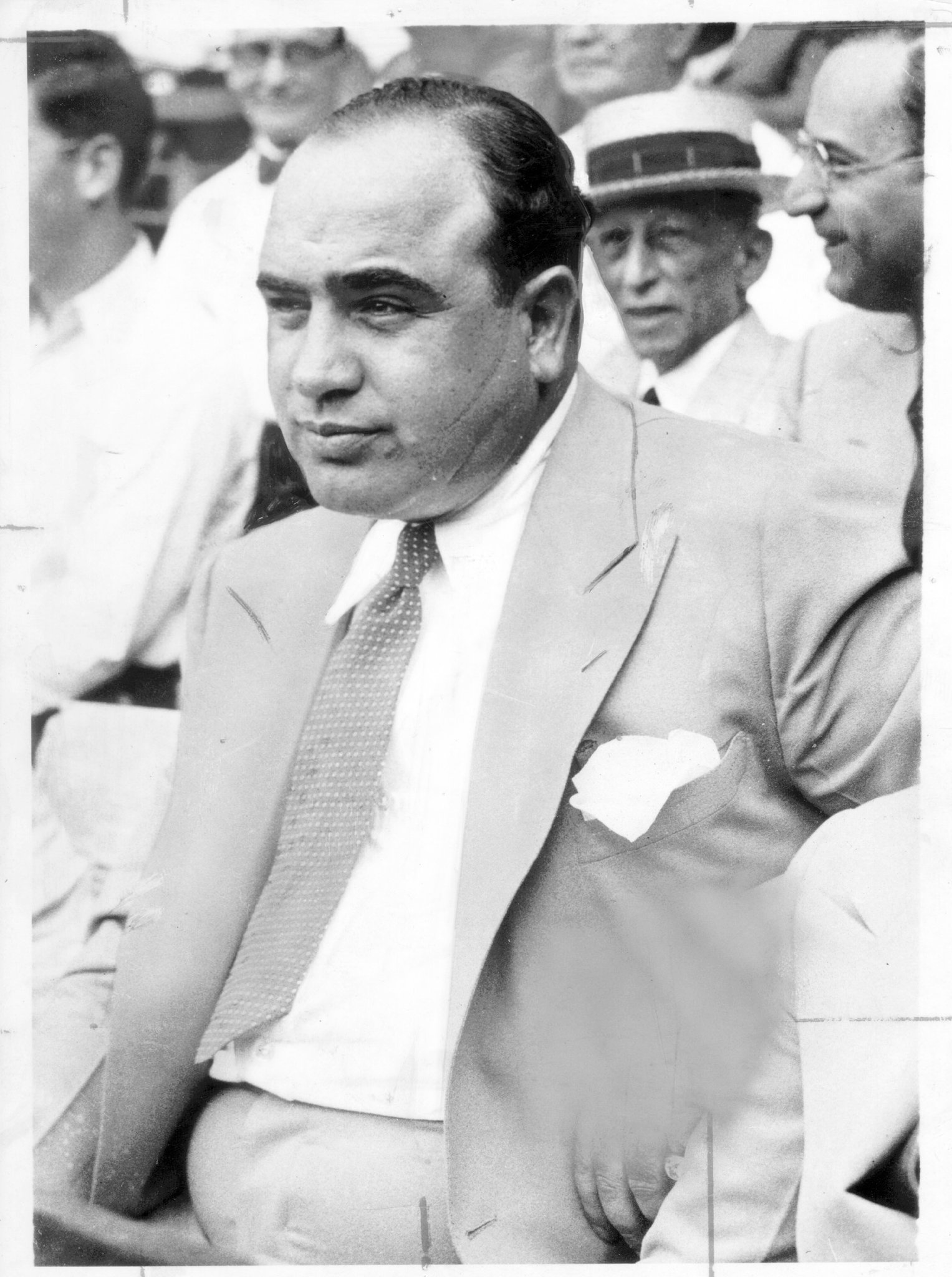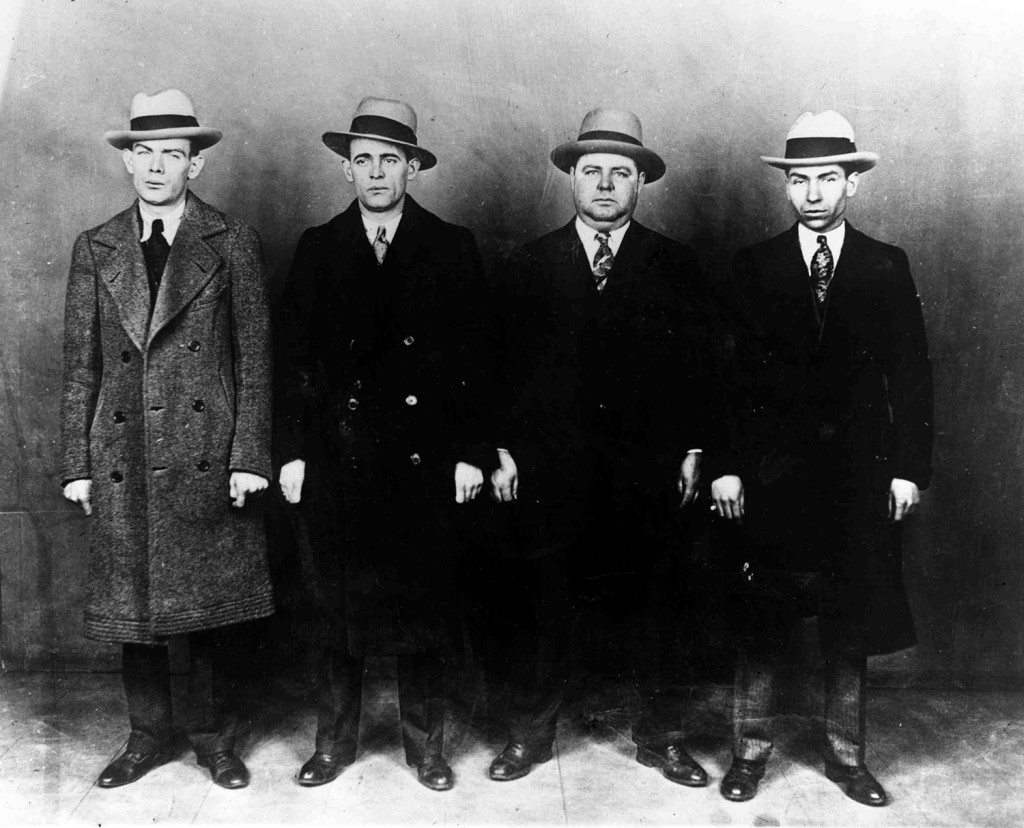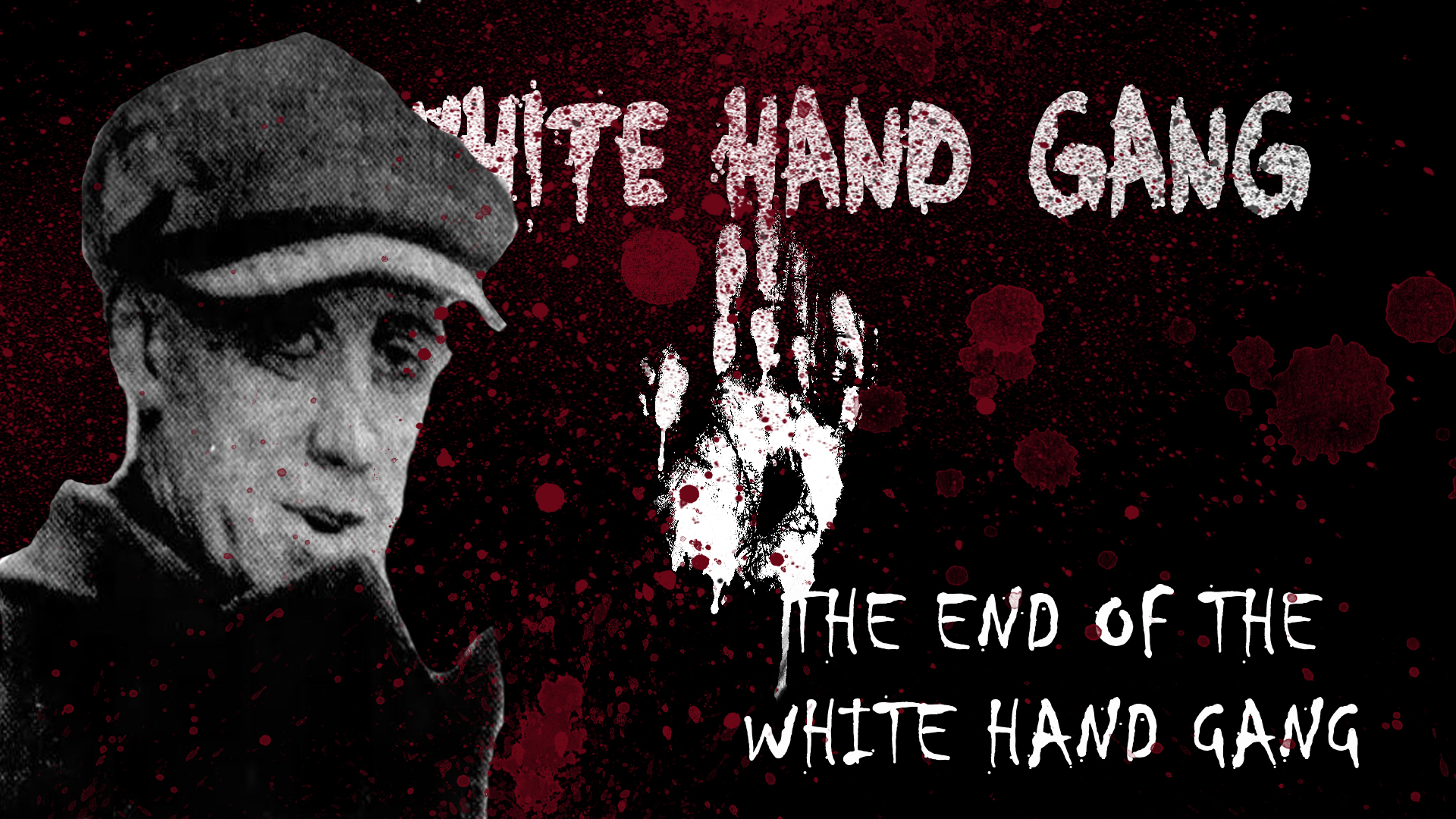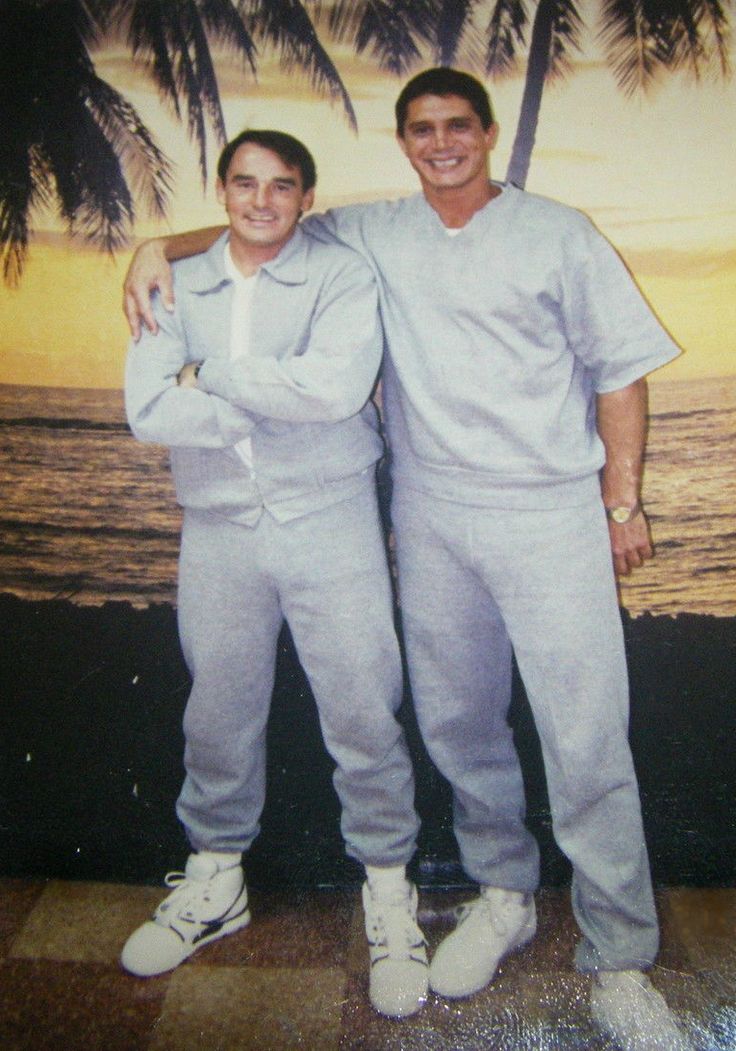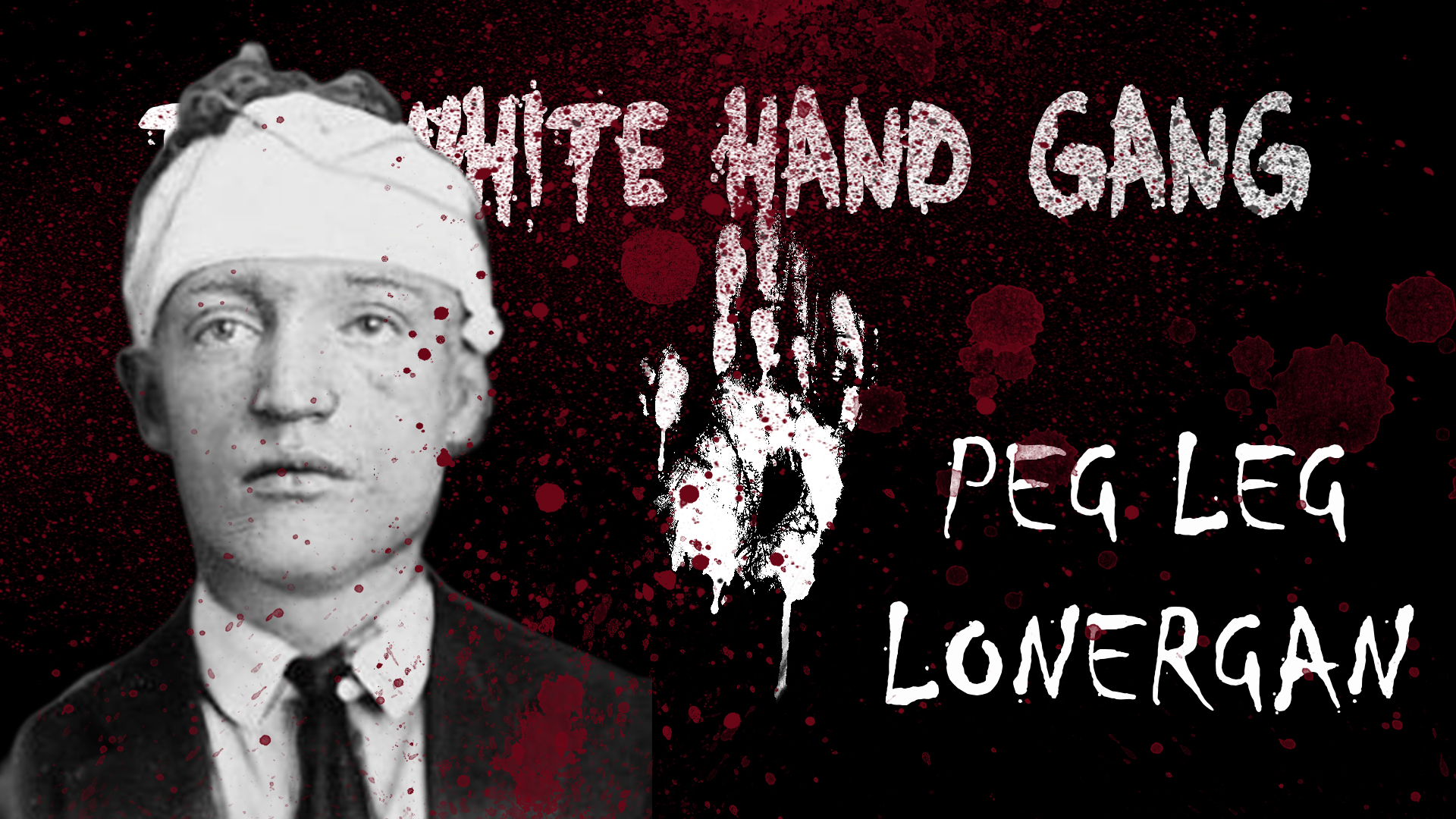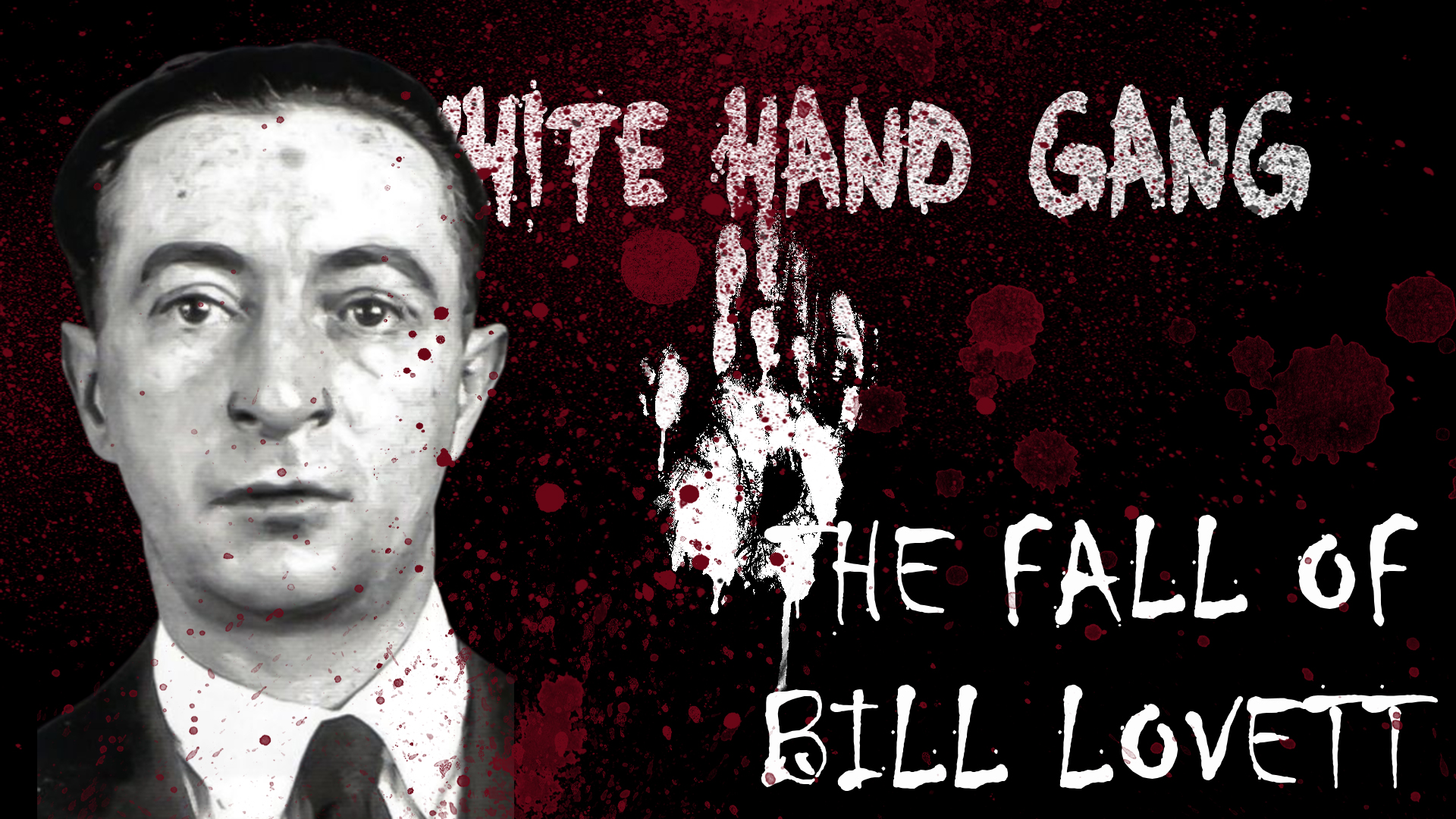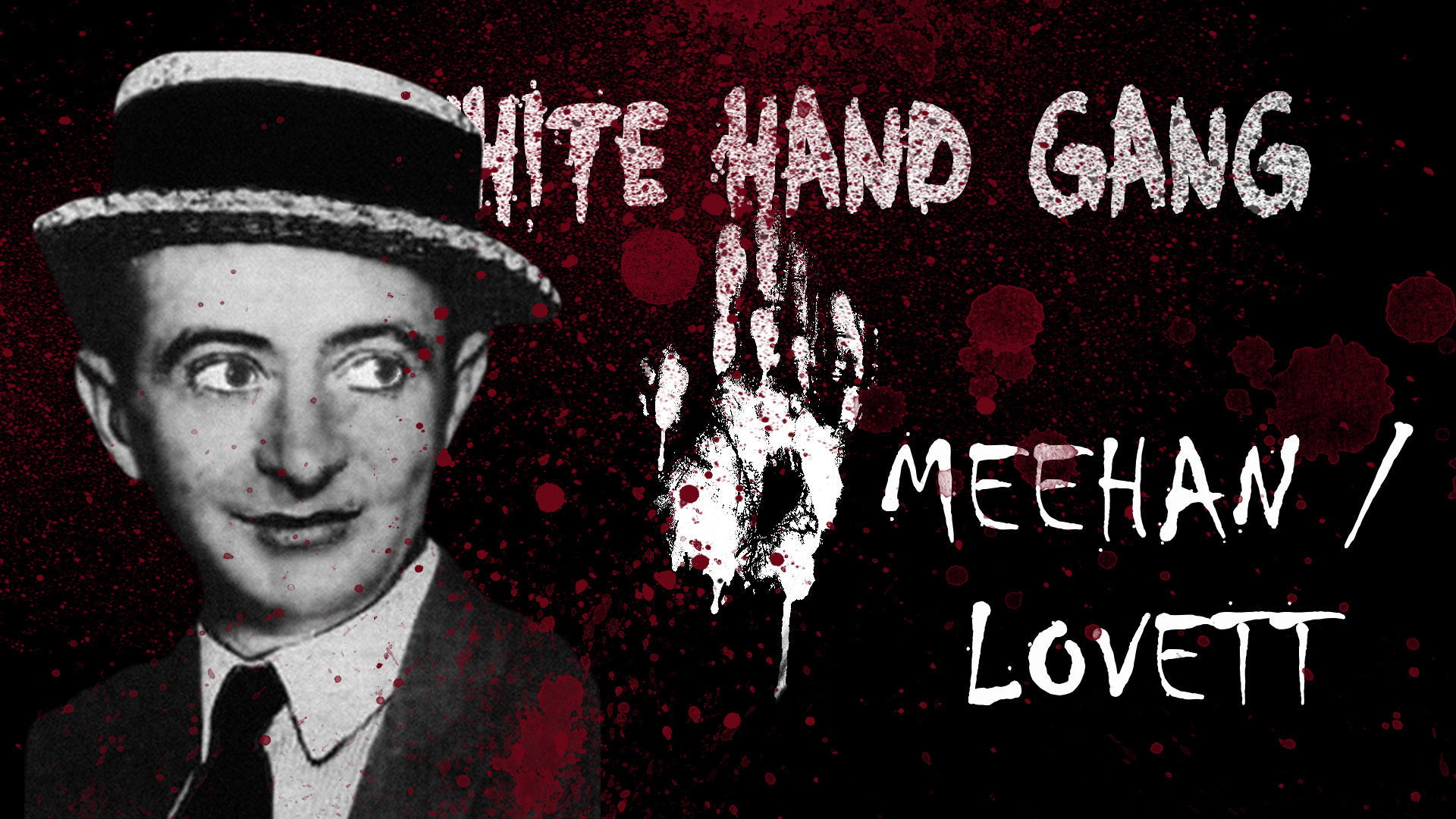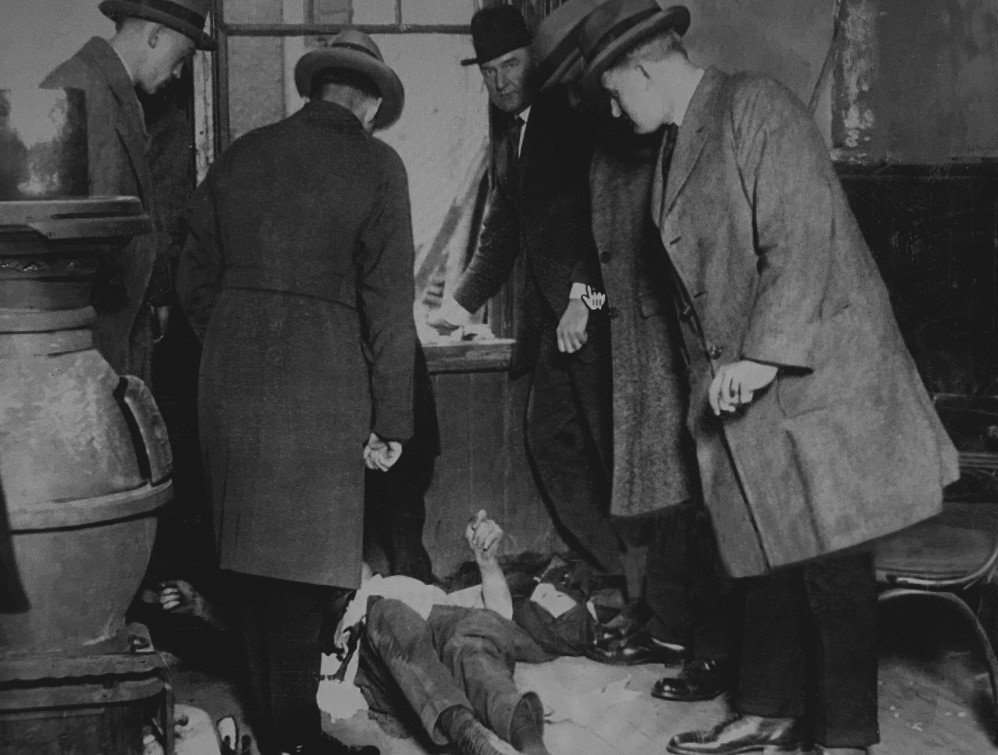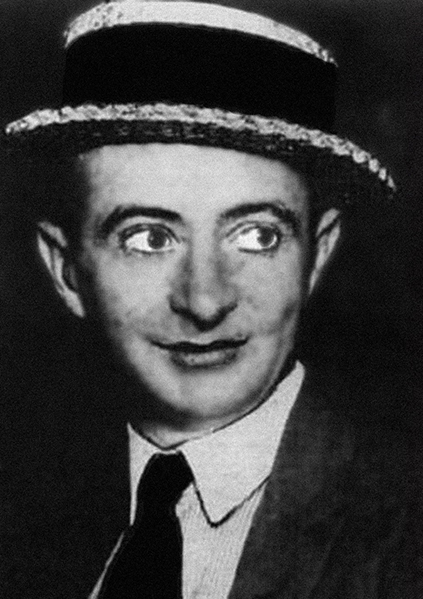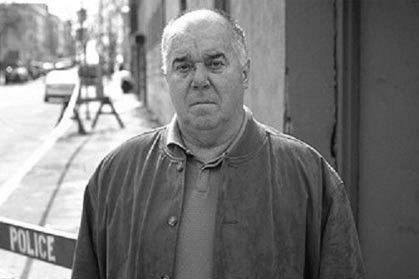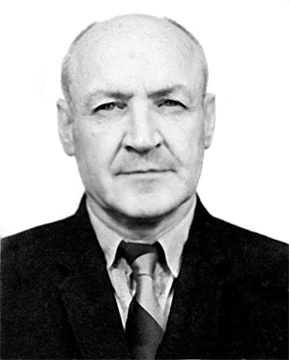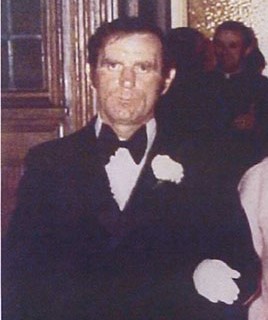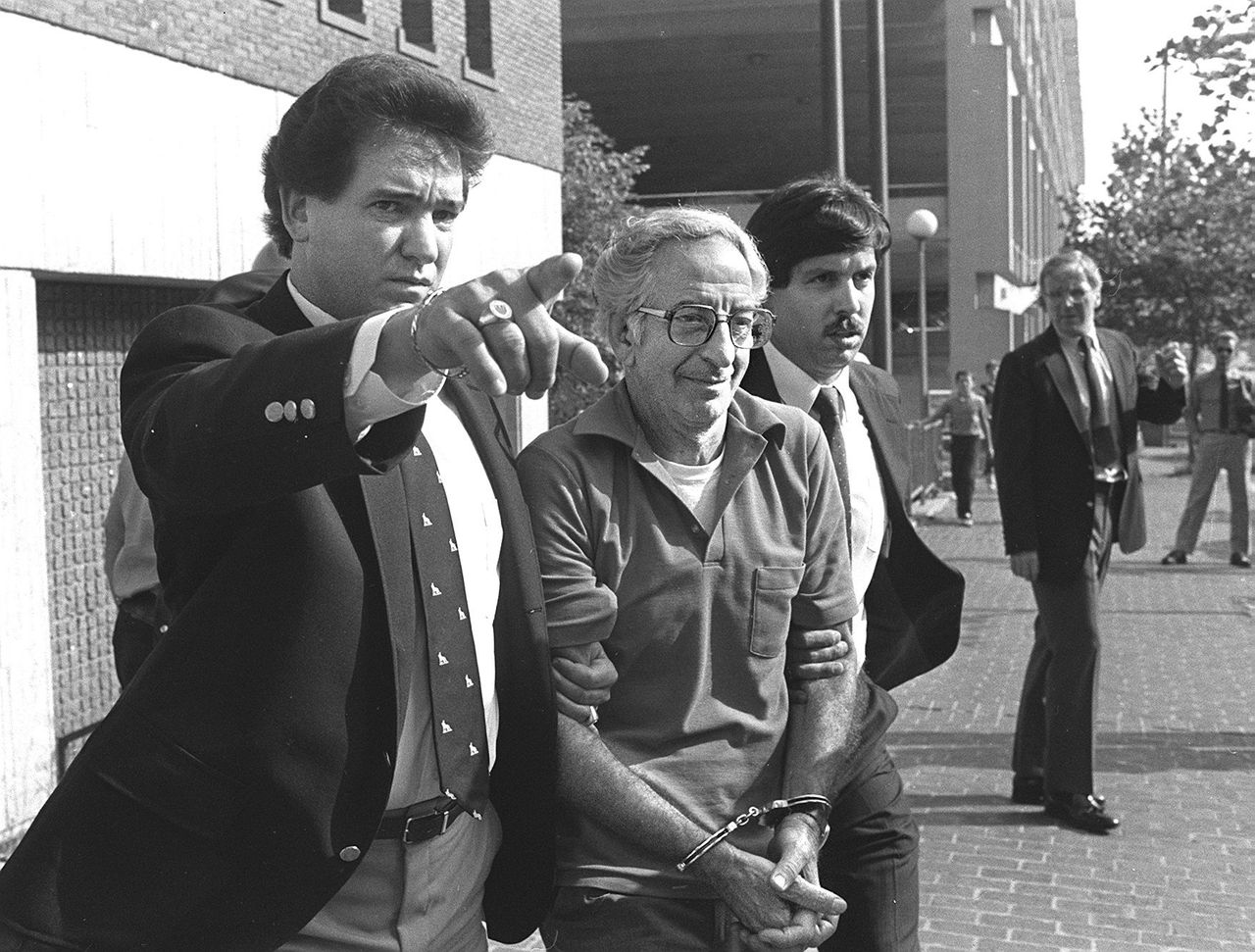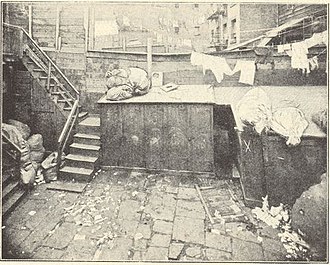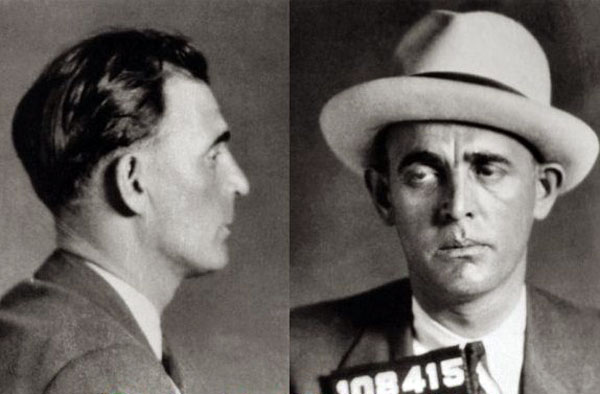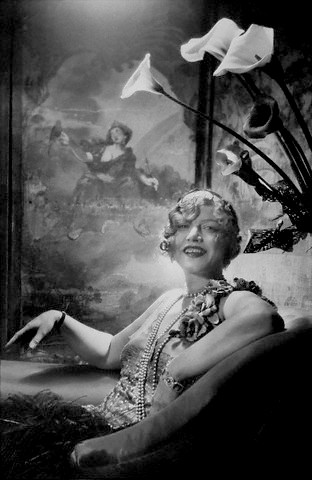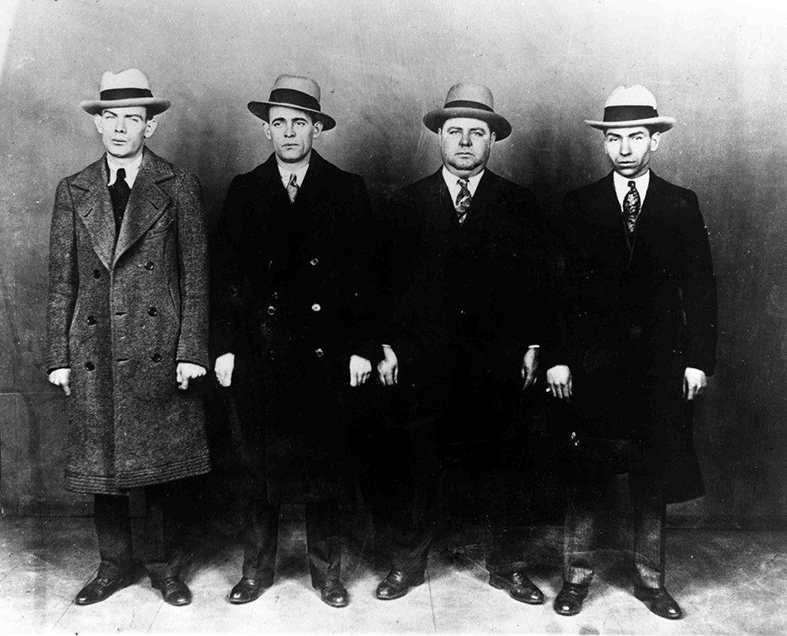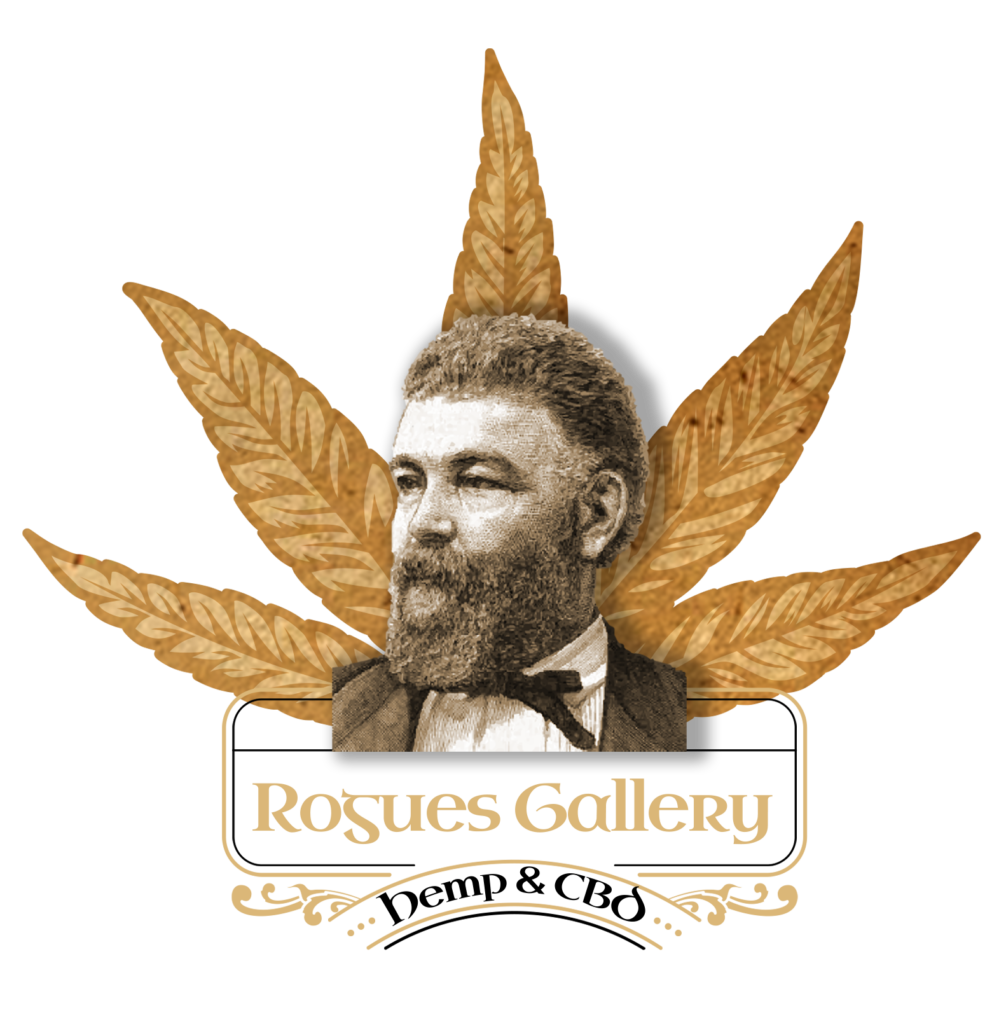Water Street was originally located on the waterfront in the 4th Ward on the Lower East Side which is now the Financial District today. “For at least twenty-five years, Water Street was probably the scene of more violent crime than any other street on the continent.” said Herbert Asbury, author of the book The Gangs of New York.
By 1845 the Fourth Ward had become a high crime are full of filth, banditry and vice, the area was renowned for saloons, brothels and “sports” but it was also the place of a famous scam, The Water Street Revival.
Water Street which ran parallel to the East River had been the home of some of the city’s most notorious gangs and gangsters, the Patsy Conroy Gang, the Daybreak Boys, the Short Tails. Well dressed men who ventured into the area were commonly robbed and murdered, if a victim couldnt be lured into one of the many dive bars they were followed until he reached a predetermined building where ashes would be dumped from a window, while he was choking and blinded he would be rushed into an alleyway and robbed, stripped and murdered.
Almost every building along Water Street had a dive bar, saloon or brothel in them, the most notorious dives on Water Street were Kit Burns Sportmans Hall, occupying a three-story frame house marked 273, which is today the city’s third-oldest building. Above the door he hung a large, gilded shingle that read: “Sportsman’s Hall, by Kit Burns.” The Sportsman’s Hall referred to the “sporting life” that centered on gambling, fighting and drinking. The main draw of Sportman’s Hall was the “rat pit,” a specially built arena on the first floor where illegal bare knuckle fights took place and dogs would fight large starving wharf rats while patrons would bet on the winner.

John Allen and his wife opened a saloon & dance hall at 304 Water Street, it also doubled as a brothel. As a house of disrepute and disorder it wasnt uncommon for all kinds of depravity to take place there. Over time it became the favorite hangout of criminals & gangsters from the Fourth Ward, his saloon would become so popular that by 1860 he had amassed a fortune of $100.000. His dance hall and saloon would become the template for many saloons that would open around the city like Billy McGlory’s Armory Hall, the Haymarket & Paresis Hall.
Allens dance hall and saloon would receive a considerable amount of attention from newspapers and magazines, one journalist Oliver Dyer was particularly fascinated with Allen, Dyer would give him the title of The Wickedest Man in New York.
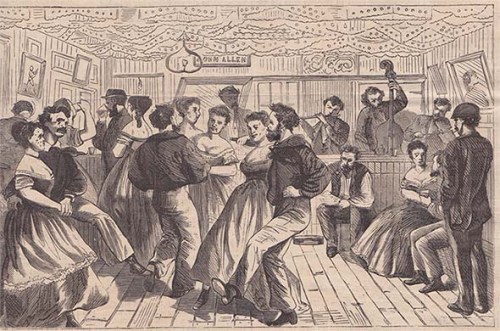
Another notorious dive was run by Tommy Hadden, a “crimp house” known as Haddens Shanghai Hotel, crimping or shanghaiing was an act of drugging unsuspecting victims drinks, usually sailors and while the victim was unconscious they would be transported onto boats at the docks, where the captains were short of crew members, later on the victim would wake up and find themselves miles out to sea, having to work on the ship until they got home again, possibly months later. Hundreds of sailors were shanghaied, robbed or murdered in Hadden’s Shanghai Hotel.
John Allen was probably the most influential of the saloon owners in the area. Allen was born in Syracuse in New York to well to do & deeply religious parents in 1823, he was one of nine children. Two of his brothers would become Presbyterian preachers and another brother would become a Baptist minister, John Allen himself would also attend the Union Theological Seminary. Sometime in 1850, John Allen decided that religion wasn’t for him and went to New York City to join his brothers in their criminal ways.
But despite his criminal ways Allen remained deeply religious, gathering his employees 3 days a week at noon for prayers before opening the saloon at 1 pm. On gala nights in the dance hall John Allen himself would hand out bibles and other religious literature to customers as souvenirs, he kept all kinds of religious literature around the bar, dance hall and even the cubicles. Allen would often lead his customers and employees in a sing song, mainly There is Rest for the Weary.
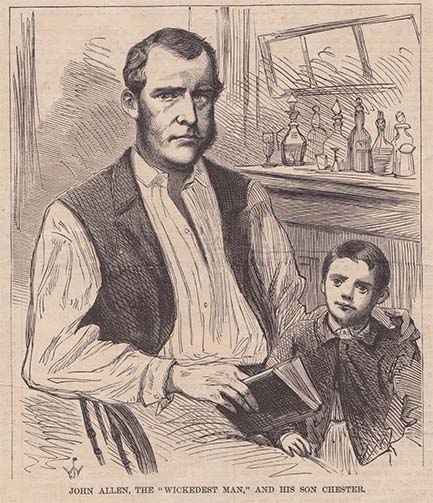
With the attention and articles Allen gathered from the press brought him to the attention of the Reverend AC Arnold from the Howard Mission who made frequent visits to Allen, trying to persuade him to allow a preacher to conduct some of his prayer gatherings. On 25th 1868 Rev. Arnold and 6 of his clergy along with many of their followers marched through Water Street to Allen’s bar, where they found him drunk and unable to stop them from holding a prayer meeting which lasted until 4 in the morning. News of the prayer meeting traveled and was soon picked up by the press, soon more ministers and their followers along with curiosity seekers all converged on Allens bar and held prayer meetings, this drove his usual clientele of gangsters away.
In August of 1868 the Rev. AC Arnold publicly announced that John Allen, The Wickedest Man in New York had converted and given up his criminal ways, soon John Allen would attend the Reverends prayer meetings, which were being held daily, sober. Within weeks Rev. Arnolds ministers had begun using Kit Burns Rat Pit & Tommy Hadden’s boarding house for prayer meetings and eventually Bill Slocum’s gin mill had begun to be used also, however neither men ever took part or were in attendance at the prayer meetings, they did allow their names to be used to say that they also had converted and reformed.
It was said that even the most desperate of the outcasts, sailors and criminals of the Fourth Ward also began attending prayer services and began seeking the services of the preachers privately. The preachers loudly began to claim their success, however after an intensive investigation by suspicious reporters mainly from the New York Times, exposed the whole Water Street Revival as a scam. In return for using John Allen’s bar for prayer meetings he was paid $350, in which he also had to publicly say he gave the bar for free, attend, sing hymns & pray. Tommy Hadden was also paid well for use of his bar in addition to having a favorable outcome of a court case he was a defendant in. Kit Burn’s was paid $150 a month for use of his Rat Pit for an hour a day, while Bill Slocum wasnt paid that much as he wouldnt allow his Cherry Street bar to be used.
The reports devastated the Water Front Revival and seriously damaged the preachers standing, due to the dishonesty of the campaign. The Water Street Revival faded away and the saloon keepers returned to their criminal ways.
John Allen’s reputation never fully recovered and he faded away, as previously mentioned his last public appearance in the Tombs Prison Courts, charged but not sentenced for robbing a customer. He died in Perth, New York in 1870
Sources:
Herbert Asbury – The Gangs of New York
Herbert Asbury – All Around The Town
New York Times

